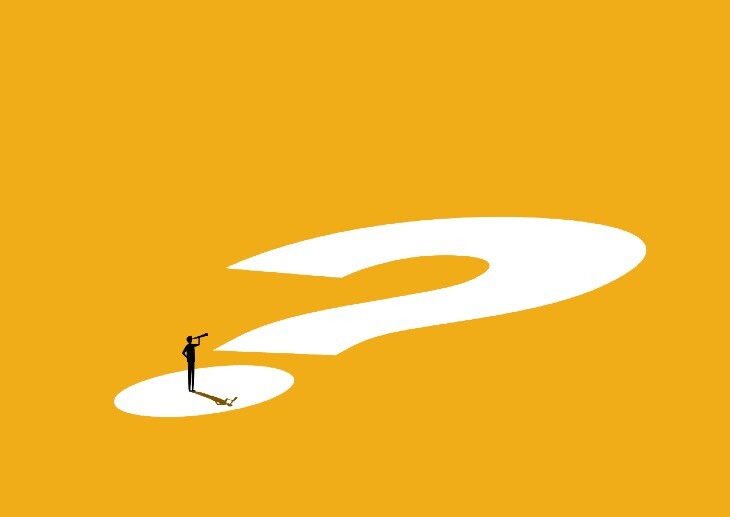In the final article on the development of outstanding system leaders, psychologist and leadership development coach, Mike Mullins, explores the most critical step of them all – a willingness to commit to an inner journey.
‘We would rather be ruined than changed. We would rather die in our dread than climb the cross of the present and let our illusions die’ W.H. Auden
Auden’s words capture the inner resistance many people feel when confronted with the need to change. There is a human tendency to cling to the familiar, even when it holds us back, because growth can feel like a loss of certainty, identity and control.
From our experience of working with and interviewing great system leaders, we believe the path to becoming an undefended systems leader involves an inner journey of self-integration, towards wholeness.
Self-integration is about recognising and owning, with compassion, our strengths, values, and motivations, along with our shadow self (a hidden part of our character encompassing negative and positive traits such as anger or assertiveness) and all the potentially conflicting parts of our personalities.
It’s about how we limit ourselves, through our assumptions, beliefs and self-defence mechanisms, and learn to recognise that whilst all these aspects are part of us, they do not define us.
Self-awareness
It’s learning to free ourselves from our habitual mindsets and behaviours, so we can make even more conscious and effective choices as system leaders. Allowing ourselves to embrace different often conflicting perspectives, to collaborate more deeply with stakeholders, and build vulnerability-based trust across teams and organisations.
For leaders who want to engage with this journey, three challenges often emerge:
1. Understanding what you stand for as a leader and your life’s purpose. Being able to notice and resolve inner conflict as it arises.
2. Knowing your strengths and impact. Being clear about your core process, and the difference you make to people and situations.
3. Noticing, understanding and making a friend of your blind spots and your shadow. Learning, with compassion, how your self-defence mechanisms can trip you up as a leader and accepting that as part of you.
Paradoxically, the journey of self-integration is often richer and more powerful through crucible experiences, a phrase coined by Warren Bennis and Robert J. Thomas. that stretch us to the edge and may even end in failure and humiliation. Some event, relationship, loss, death, or idea will lead you to the brink of your own resources, your action logic, and you will stumble.
For some, these uncomfortable crucible experiences will also provide a great opportunity to progress on this path of self-integration, where there are great rewards as you discover that you can use your growing wisdom and presence, and your sense of ‘self’, as an instrument of change. Deploying your ‘Self as instrument’ is about using your emotional, perceptual and cognitive gifts to create the right connections and resonances for others, and the wider system, to embrace change.
The right support
For those responsible for developing the next generation of leaders, particularly within the health and care system, the key question is: what kind of environment best supports people on this journey?
There are three factors that help.
The first is supporting leaders to recognise and embrace crucible experiences. They may come for a variety of reasons – an increase in role scope, the need to turn around a team, lead a new initiative, or leading in a different culture. The stretch is more than simply taking on new responsibilities; it comes from a challenge of some sort and these moments can disorient leaders.
As they face a complex situation that disrupts their habitual way of thinking, they may realise that their current way of making sense of the world is inadequate. As the limits of their current mindset become apparent, they start searching for new and better ways to make sense of the challenges they face. Support through this process is valuable.
The second is exposing leaders to people with different action logics about change, power, emergence, worldviews, backgrounds and opinions. Exposing them to diversity, challenges existing mental models and increases the number of perspectives through which they see the world.
Inner journey
The third factor is to encourage emerging ‘undefended’ system leaders to use a coach, mentor or peer coaching to help them integrate and make sense of these perspectives and experiences from the next stage of leadership consciousness. Vertical leadership development psychometric tools can all help in this process
In conclusion, the journey to becoming an ‘undefended’ system leader is shaped by a leader’s willingness to grow in self-awareness, and wholeness, making a friend of their shadow, letting go of ego, aligning with a deeper purpose. It’s about becoming a leader who is open to ambiguity, complexity, grounded in values and committed to serving the system as a whole.
This is the final piece in a series of five articles on the subject. You can read the first one here, the second one here, the third one here and the fourth here.
If this resonates with you as a leader within the health or care system, or as an organisational development professional responsible for the development of future leaders, then please share your thoughts and reflections. Email address: [email protected] Mike Mullins is founder of Mike Mullins Consulting Ltd




